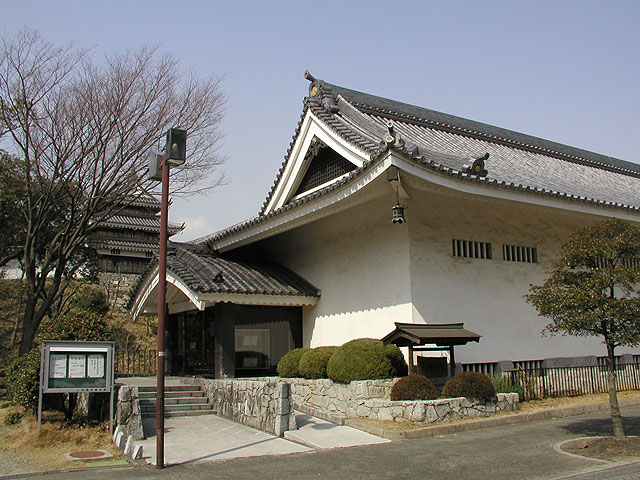
A building reminiscent of an Irimoya tiled castle building, built on the site of the Himemaru site of the city's designated historic site, Nishio Castle (Nishio City Historical Park). Including historical materials about Nishio Castle and the castle owner, we are engaged in activities as a place to collect exhibits and materials aimed at improving the understanding of Nishio's history and culture, research and organization of archaeological materials through excavation, and study local areas and explore history. In addition, the company has distributed a book of planned exhibitions held so far, as well as research reports on cultural relics and archaeological sites.
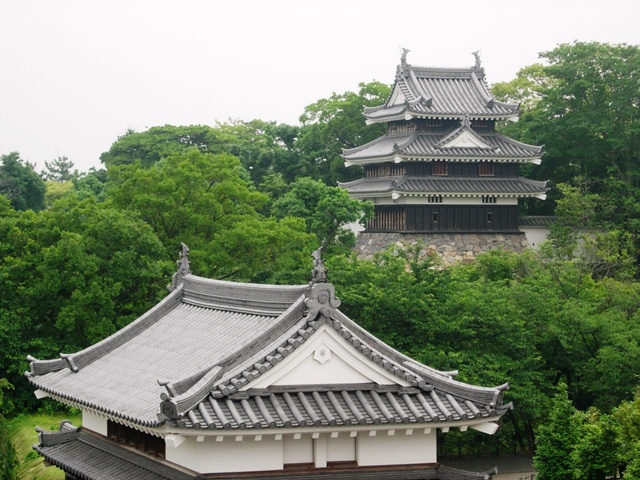
A part of Nishio Castle has been restored in the park, and it is a central spot of historical culture. Around the castle there is a garden, Nishio City Museum and a restaurant, which is ideal for walking. The restored Honmaru Ushitora tower is a 10m tall wooden structure with stucco-coated cages at the top of the wall and clapboard at the bottom. The service of "Nishio no Matcha" (450 yen for a dose with seasonal Japanese sweets) is held at the former Kōji House in Sonnai.
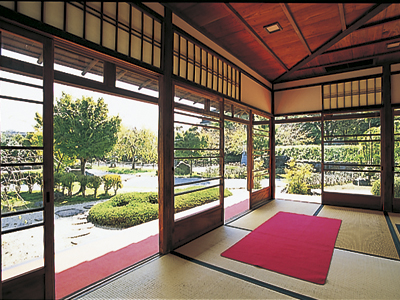
It is a residence of a public house from the end of the Edo period, consisting of a tea room and a shoin; 450 yen for matcha (with seasonal Japanese sweets) while looking at Nishio Castle's building and well-maintained garden; and the Ninomaru Ushitora Building and the folding folding wall have also been restored.
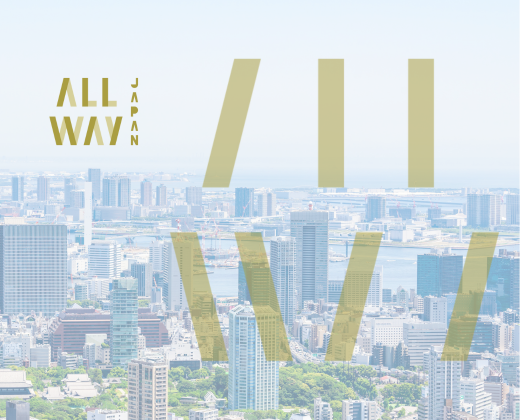
In the fifth year of Gyeongsang (1600), it was erected by Kira Yoshisada (Kira Yoshisada) as a bodhi-ji temple for the Kira family. The 44-sided Fusa-e-e-e-hōto, which features the Hanatori-fūzuki written by the Ike-no-Taiga, located in the main hall. There is a Karesansui garden behind the main hall, which can also be visited. Among the graves of the Kira family, there is also the grave of Kira Uenosuke Yoshio [Kira Kozu no Suikeshihisa]. The wooden statue, which was painted by Yoshio Kira Uenosuke himself, is also a cultural property designated by the prefecture.

The plains area, located in the eastern part of Nishio city, has a nature with a lot of insects and plants and animals. Fireflies have been protected by local residents by the plains Gentoo Village Preservation Society.
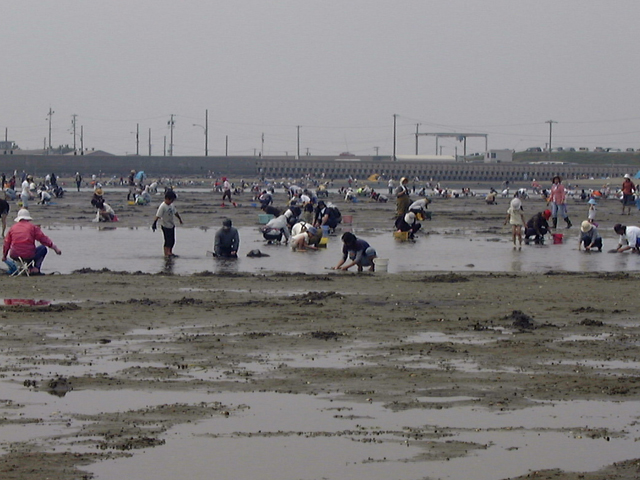
One of the eight clamming spots in Nishio city facing Mikawa Bay. It is popular with families because it is shallow. It is only collected. There is no such thing as manga and hoes with long sticks such as Jiren. There is a toilet but no locker room or rental tools.
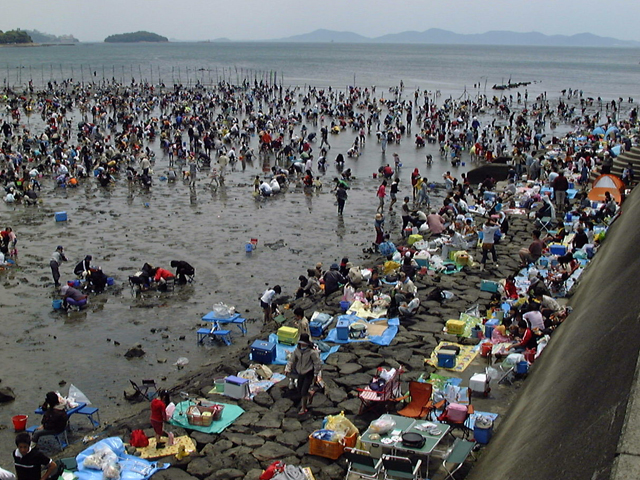
The taste of clams is a popular clamming spot in Mikawa Bay, known as the birthplace of good quality clams. On the beach in the remote area, there are places where even small children can collect shellfish with peace of mind. There is also a nearby Kira hot spring town, where families and groups can enjoy the taste of nature.
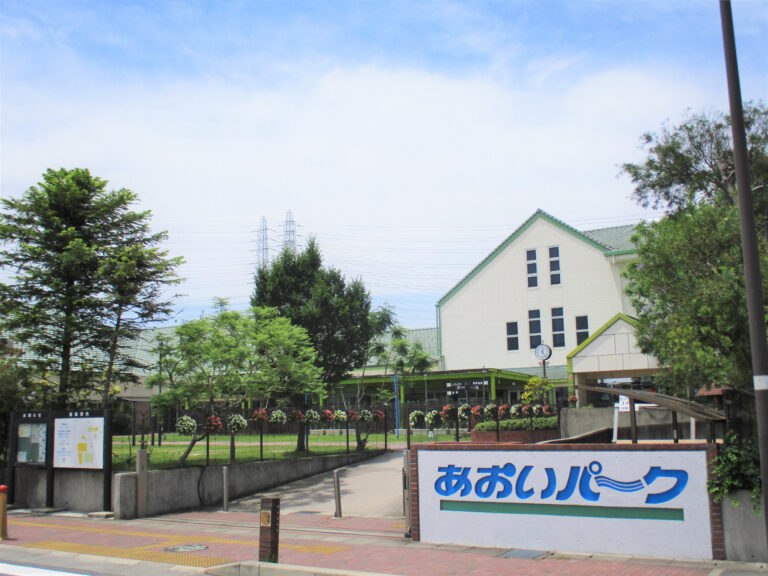
A hands-on exchange facility that connects agriculture and consumers, created under the theme of agriculture, food and health. A motoshi experience plantation where vegetables can be harvested with your own hands, a maternity market with local fresh vegetables, a restaurant with an extensive menu, a bath with herbal scents and an integrated facility packed with ornamental greenhouses displaying 350 species of plants. We also hold events in conjunction with spring, summer, autumn and winter. It can be enjoyed in a wide range of ages from small children, so let's go with family.

It was founded for over 250 years and was the birthplace of Mikawa Mirin. More than 300 years old, "Taizo" is also listed on the National Registered Tangible Cultural Property. A "Mirinzo Guided Tour", where you can learn about the method and history of Mirin, where you can learn about the "Kuju Mirin Chōkan" and some of the factories (reservations required). There is also a Restaurant & Cafe K-hermitage where you can enjoy lunch and sweets using mirin and mirin-lees. This is an old private house restaurant that has been built for more than 200 years, and you can enjoy the charm of mirin as well as Japanese food. At Hachirouji Ishikawa, where you can buy souvenirs such as sweets using mirin and mirin, "mirin soft", which is only here, is also recommended.
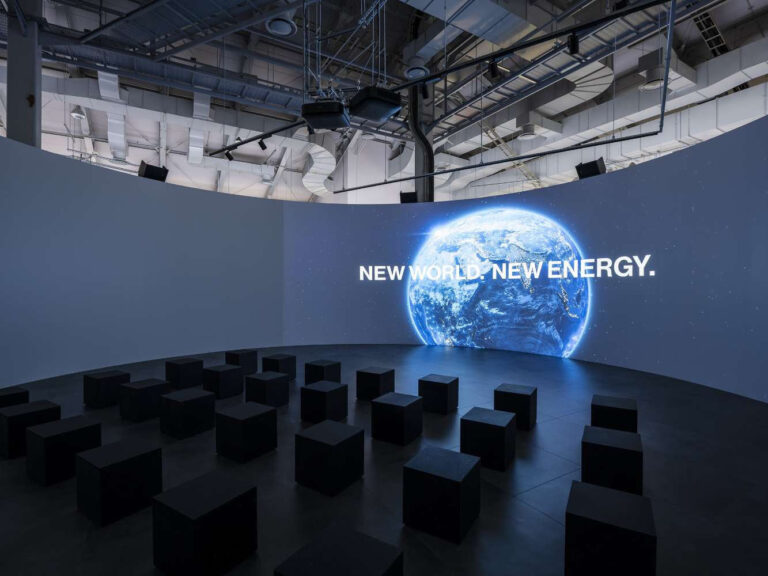
Renewed in March 2024. On the first floor of the museum, you can learn the power generation mechanism and the content of zero-emission thermal power in a panoramic theater and projection mapping, based on the concept of a “experience-based museum that touches the cutting edge of zero-emission thermal power generation”. The second floor is a children's room komorebi, an area where children under the age of 8 can play freely. In addition, there are three facilities: JERA garden, which walks through the lawn open space and the flower garden, and JERA forest where you can observe wild birds. Picnic is also recommended with play equipment. There is also a maze of jabujabu ponds and plants.









